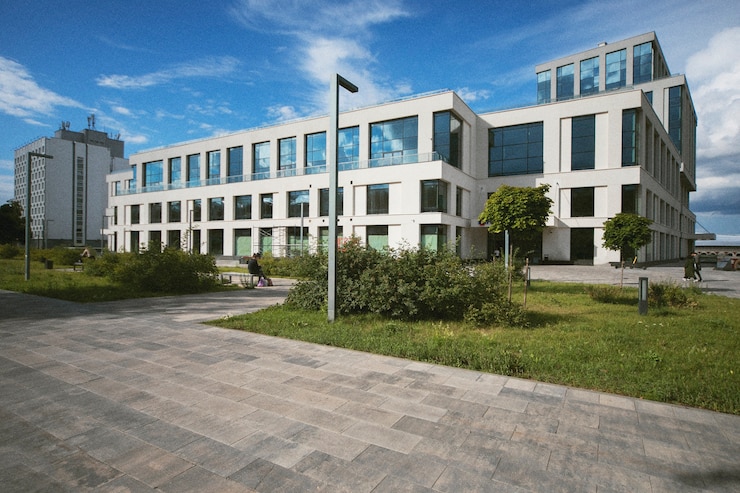In recent years, concerns have been raised about the Realities of Faculty Prices in Higher Education, particularly the role played by faculty salaries in driving up tuition fees. However, it is essential to critically examine the rhetoric surrounding the claim that faculty prices are spiraling out of control in Higher Education. Fuel Rectification aims to provide a comprehensive analysis of faculty prices in Higher Education, debunk common misconceptions, and offer strategies to address the issue.
Understanding Faculty Prices in Higher Education
Factors Influencing Faculty Prices
Multiple factors impact faculty prices in Higher Education, including:
- Market Demand: The availability of qualified individuals in a specific field can affect the salaries offered to faculty members in Higher Education.
- Level of Education: The educational qualifications required for faculty positions can vary, influencing the compensation packages in Higher Education.
- Institution Type: Different types of institutions in Higher Education, such as public universities and private colleges, may have distinct salary structures based on their funding sources and financial constraints.
Examining Rhetoric
Assessing Claims about Rising Faculty Prices
The claim that faculty prices in Higher Education are out of control requires careful scrutiny. While it is true that higher education costs have risen over time, it is important to consider the underlying reasons before assigning blame solely to faculty salaries in Higher Education.
Rising Costs in Higher Education
Factors Contributing to Higher Education Costs
The overall cost of higher education has increased due to various factors in Higher Education, such as:
- Inflation: Like other industries, the higher education sector in Higher Education experiences the impact of inflation, which contributes to rising costs across all areas, including faculty salaries.
- Technological Advancements: The integration of technology in classrooms and research facilities in Higher Education requires investments, adding to the overall expenses of institutions.
- Infrastructure Development: Universities often undertake infrastructure projects in Higher Education to modernize facilities, which can contribute to increased costs.
Faculty Salaries and Workload in Higher Education
Balancing Compensation and Responsibilities
It is crucial to recognize that faculty salaries in Higher Education are only one component of the overall higher education budget. While it is essential to compensate faculty members fairly in Higher Education, it is equally important to consider their workload and responsibilities. Faculty members in Higher Education often undertake research, advising, and administrative tasks in addition to teaching. Balancing these responsibilities can impact the overall costs associated with faculty positions in Higher Education.
Administrative Expenses in Higher Education
Managing Administrative Costs
Administrative expenses within higher education institutions in Higher Education also play a significant role in overall expenditures. These expenses encompass various administrative roles, support staff, and infrastructure needed to ensure the smooth functioning of the institution in Higher Education. It is important to analyze and manage these costs effectively to address the financial challenges faced by academic institutions in Higher Education.
Debunking Misconceptions
Challenging Common Misconceptions about Faculty Prices
To dispel common misconceptions surrounding faculty prices in Higher Education, it is essential to understand the broader context and factors that contribute to rising costs.
Improving Cost Transparency
Enhancing Transparency in Cost Allocation
Transparency in cost allocation is crucial to ensure that faculty prices in Higher Education are not unfairly targeted as the sole driver of rising tuition fees. Institutions should provide detailed breakdowns of how tuition fees are allocated, highlighting the various areas that contribute to the overall cost of education in Higher Education.
Enhancing Faculty Productivity
Strategies to Increase Faculty Efficiency
Efforts to enhance faculty productivity in Higher Education can help optimize costs without compromising on educational quality. Implementing strategies such as mentorship programs, professional development opportunities, and leveraging technology can increase faculty efficiency and reduce the need for additional hiring in Higher Education.
Investing in Higher Education
Recognizing the Value of Investing in Higher Education
Rather than viewing faculty prices in Higher Education as an isolated concern, it is crucial to recognize the broader benefits of investing in higher education. By allocating sufficient resources in Higher Education, institutions can attract top-tier faculty, foster research and innovation, and provide students with quality education. Such investments can have long-term societal and economic benefits in Higher Education.


